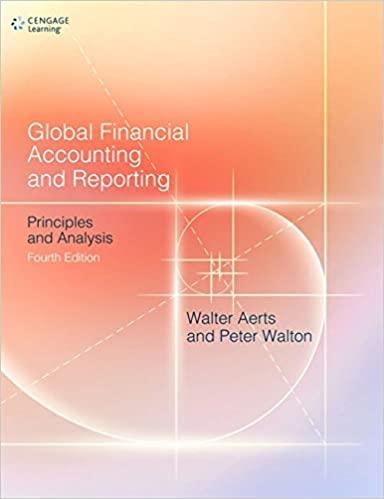Question
Sonic Company manufactures audio speakers. The average costs for the production of speakers are summarized here . Per unit Costs: Direct Materials $10.00 Direct Labor
Sonic Company manufactures audio speakers. The average costs for the production of speakers are summarized here
. Per unit Costs:
Direct Materials $10.00
Direct Labor $20.50
Variable Mfg. Overhead $1.50
Variable Selling and Administrative Expenses $1.80
Fixed Manufacturing Overhead $429,000
Fixed Selling and Administrative Expense $495,000
The pricing calculations are based on 33,000 units per year. The company has invested $1,000,000 in these speakers and expects a return on investment of 12%. (Before paying for selling and administrative expense). The markup rate on production (absorption cost) is 48%.
A recent marketing research study reveals that due to increased competition, the company must reduce the selling price to $45 in order to maintain the same level of sales volume.
Case Study:
1.Calculate the original target selling price of the speakers.Show your calculations.
2.Using the market-based pricing approach, calculate the target cost per unit given the competitive target price of $45. Show your calculations
. 3.Identify and explain one advantage and one disadvantage of this cost-plus pricing and market-based pricing, respectively.
4.Define value engineering and explain how value engineering can help Super Sonic.
5.Identify and explain one reason why Super Sonic may want to set its selling price below $45.
Step by Step Solution
There are 3 Steps involved in it
Step: 1

Get Instant Access to Expert-Tailored Solutions
See step-by-step solutions with expert insights and AI powered tools for academic success
Step: 2

Step: 3

Ace Your Homework with AI
Get the answers you need in no time with our AI-driven, step-by-step assistance
Get Started


